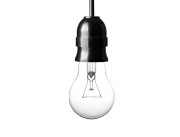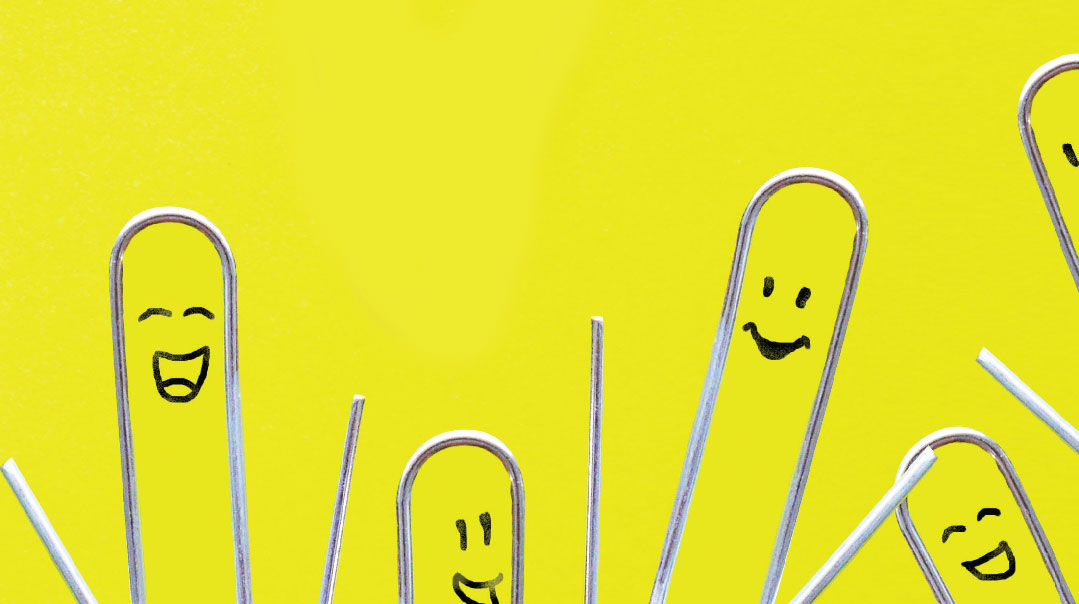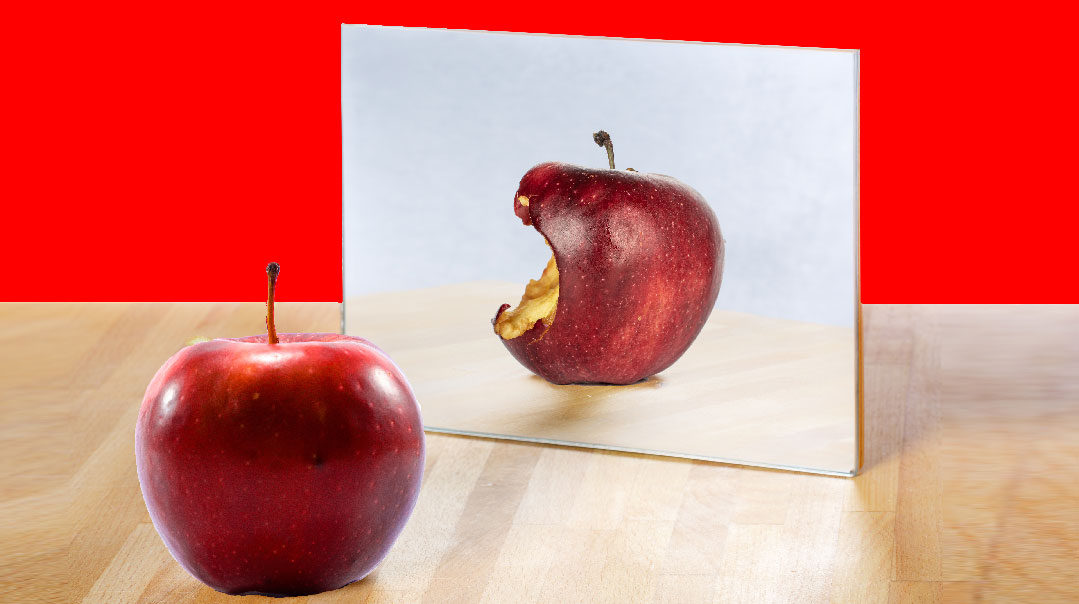Seeing the Light


EUREKA MOMENT Once upon a time the wattage of a bulb would tell you how bright it was — but no longer. Wattage tells us how much energy the bulb uses. When there was just one type of lightbulb that would also automatically reveal the bulb’s brightness. But today as each type of bulb uses a different amount of energy wattage is no longer a good guide for brightness
O nce upon a time choosing a lightbulb was simple. All you had to do was choose between 40 60 75 or 100 watts and the job was done. Today it’s a different story. Not only are there various types of bulbs available but they also come in a variety of colors sizes shapes strengths and efficiency levels. And to be honest most of the guides to lightbulbs are so complicated that you end up even more confused than before.
With the help and advice of our three experts — Aryeh Weintrob licensed electrician; Leora Gershaw who runs her own interior design company Israel Dezign; and Judy Mayer optometrist — we present Family First’s Guide to Bulbs.
Types of Bulbs
There are four main types of lightbulbs — incandescent halogen CFL and LED.
INCANDESCENT These are your regular old-fashioned lightbulbs which produce light via a filament that’s heated until it glows. The light emitted is a warm yellowish glow that many people enjoy. But the average incandescent lightbulb lasts only around a year (with regular use) and isn’t energy efficient. In the US the Energy Independence and Security Act of 2007 requires higher standards of energy efficiency and in many other countries similar laws have been enacted. This means that standard incandescent lightbulbs are being phased out and will no longer be produced. Until supplies run out you can still purchase them — the question is do you want to?
CFL (COMPACT FLUORESCENT LIGHTS) As their name suggests CFLs are a more compact version of those long fluorescent tubes. They work in the same way — by producing ultraviolet light that’s converted into visible light via a coating on the inside of the bulb. CFLs are available in a variety of sizes shapes and brightnesses and are now a great deal cheaper than when they were first introduced. That makes them a smart buy — especially as compared to an incandescent bulb CFLs are 80 percent more efficient and have an average ten-year life span.
LED (Light Emitting Diode) The new guys on the block are the LED bulbs and they seem to be taking over. Because the heat produced by the electrical current is absorbed the bulbs stay cool to the touch. They give off a bright crisp light and are the most efficient of all: Compared to incandescent bulbs LEDs are 90 percent more energy efficient and can last up to 25 years.

The main drawback of LEDs is their high cost but the price is dropping rapidly and today LED bulbs can be found in many stores at a competitive price. “Today both for energy reasons as well as financial reasons people are choosing LED most often ” says Leora Gershaw. “Bottom line you get twice as much bang for your buck with an LED versus anything else — and it’s environmentally friendly too.” One caveat: LEDs are very sensitive Aryeh warns. If your home experiences frequent problems with the electricity flow the bulbs may get damaged.
HALOGEN Halogen bulbs work in a similar way to incandescent bulbs by heating a filament to the point of glowing but they use less energy to do it and last longer. Compared to incandescent bulbs they’re 30 percent more energy efficient and have an average two-year life span. A halogen bulb gives off an instant crisp bright light.
What Are Your Options?
Now that you know about the types of lightbulbs available how do you know which one to buy?
Your first clue — think about how and where the lightbulb will be used.
COLOR Regular old bulbs were simple — you got a nice yellowy light. Today you can choose not only colored bulbs of any shade but also the “warmth of the light.” The temperature of light is measured in “kelvins.” Very orange light is low in kelvins; a candle is about 1 500K. Daylight is much colder often above 5 000K.
When it comes to CFLs and LEDs for household use most people prefer “warm white” (2 700K) which is closer to the warm yellowish glow of a regular incandescent bulb. But where the lightbulb will hang can make a difference. In a kitchen or bathroom you might want a brighter whiter light such as “natural white” (3 000K). In an office or work space the best choice might be the “cool white” (4 000K).
In Israel Judy Mayer explains Ministry of Health guidelines specify that lighting in educational institutions must be white and bright. She also warns against using yellow lighting for reading — especially in your bedside reading lamp. “Yellow light changes the color of the page you are reading and forces you to strain your eyes.” This she explains can cause enough damage to the eye to necessitate wearing glasses or raise your eyewear prescription. (Excerpted from Family First Issue 542)
Oops! We could not locate your form.






